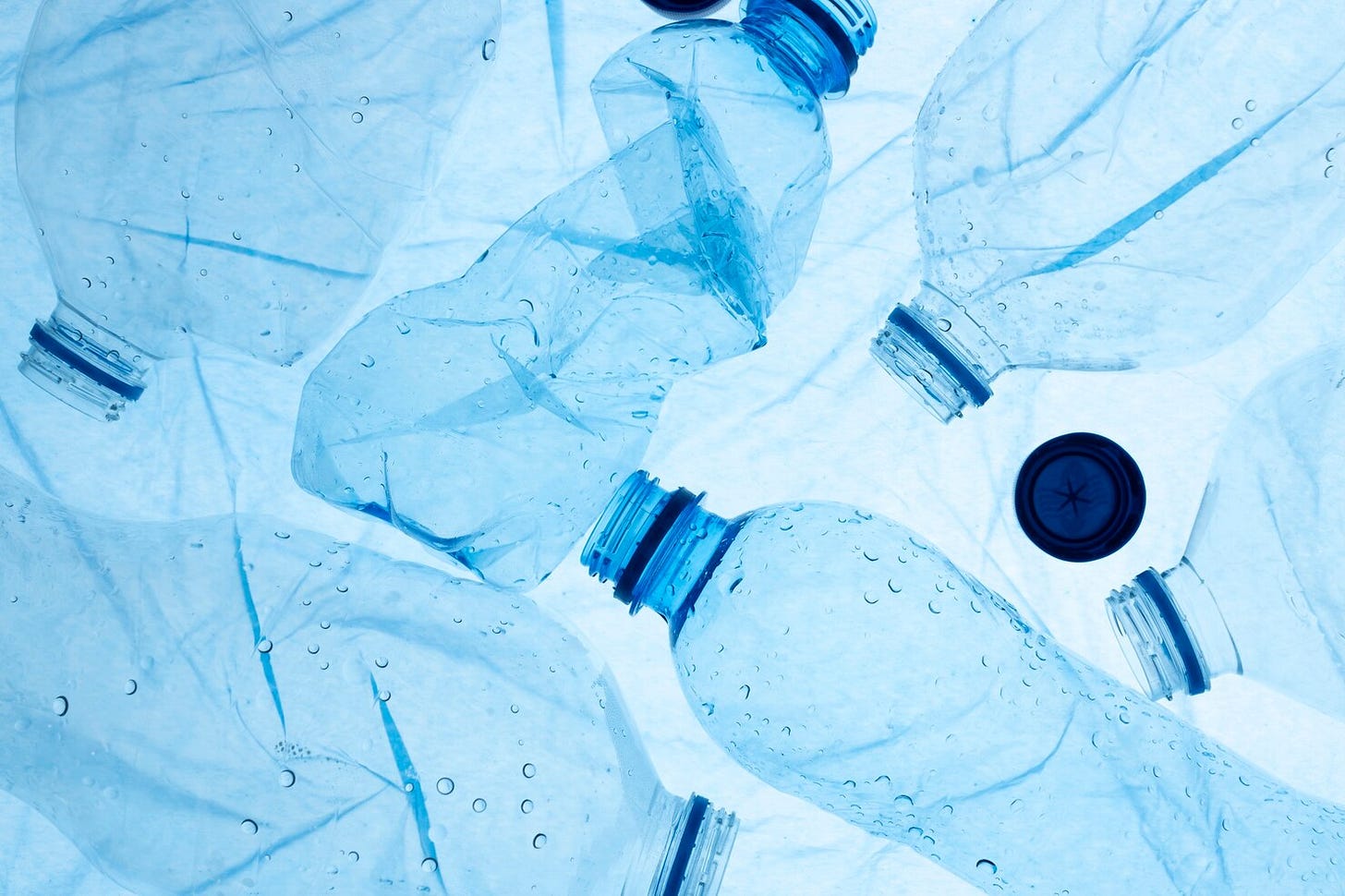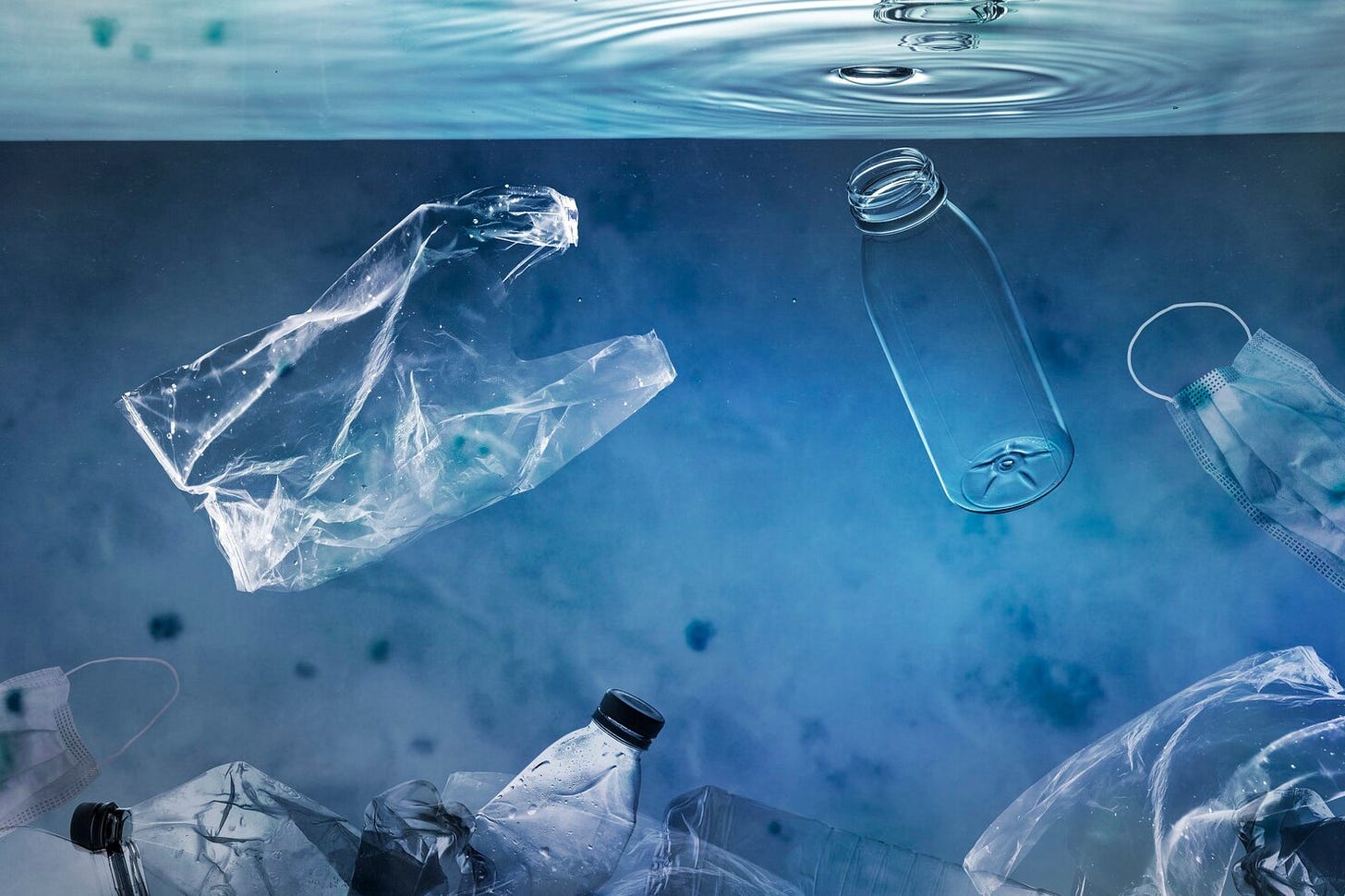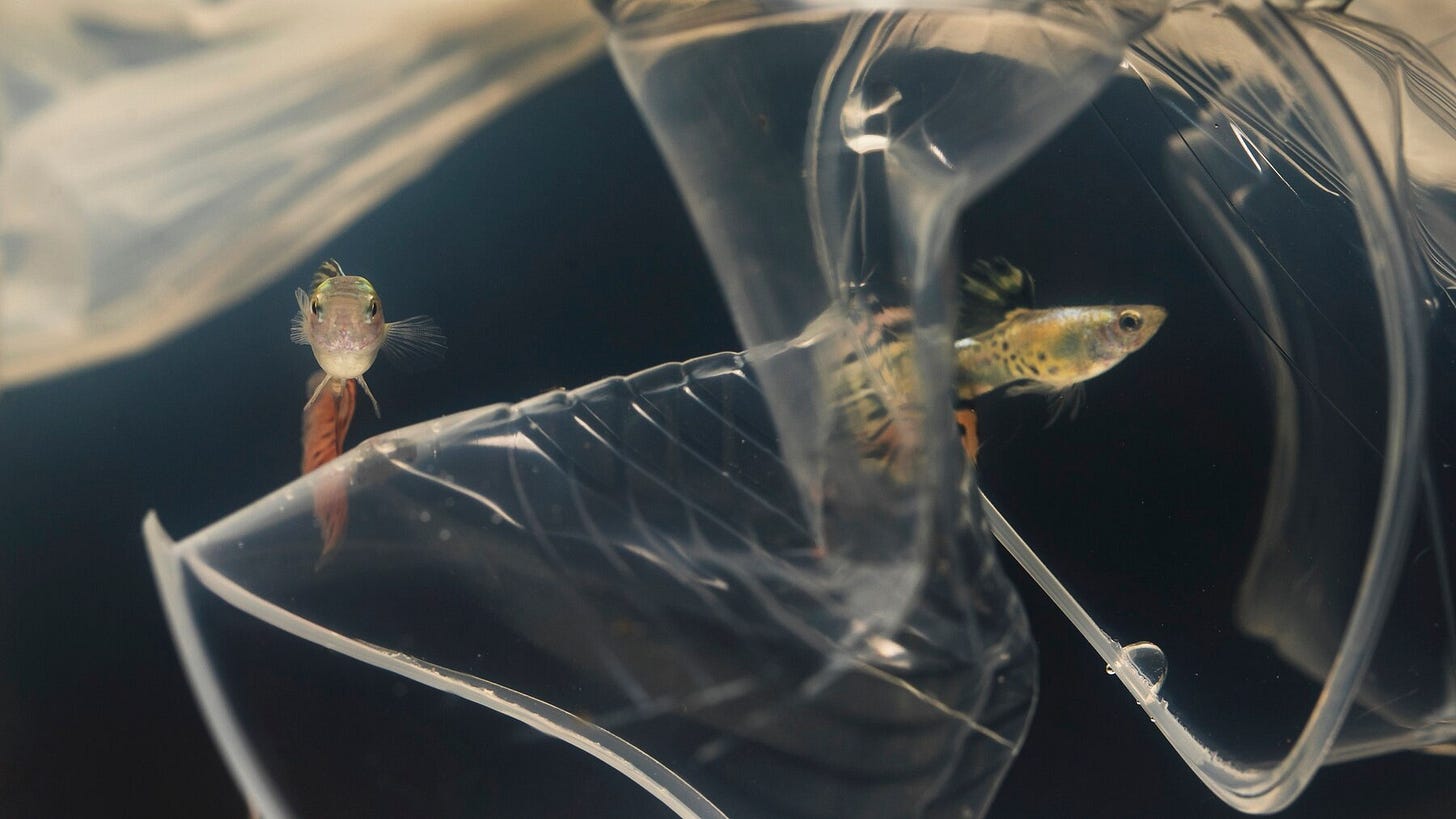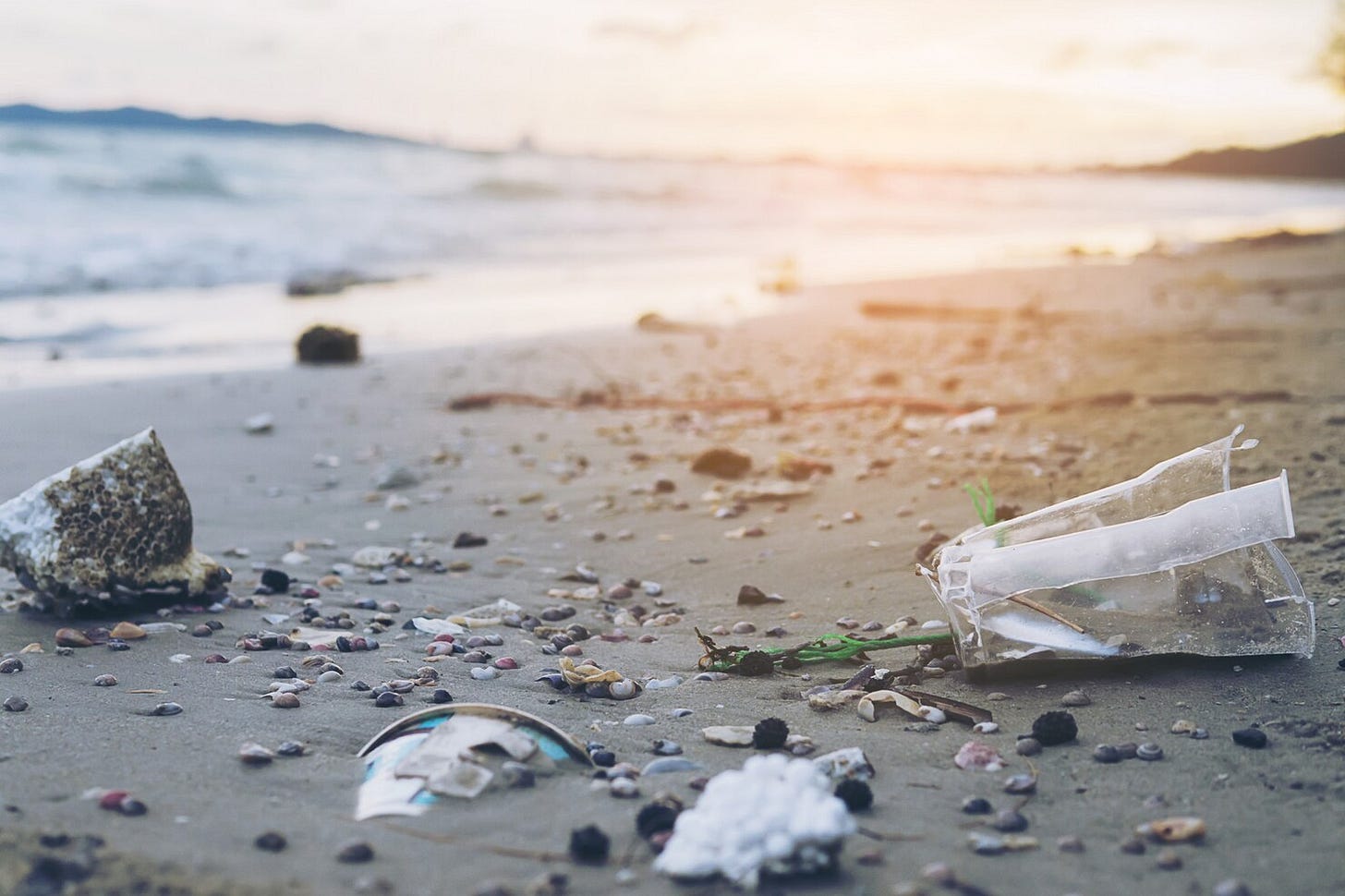Microscopic Menace (Part 1):
Unveiling the Hidden Impact of Microplastics on Health and Environment.
This is a three-part series exploring the multifaceted issue of microplastic pollution from its origins to its profound effects on human health and ecosystems. This series not only uncovers the journey of these tiny pollutants through our environment but also explores the significant concerns they pose to human well-being, linking scientific studies with potential solutions to mitigate their impact. Join us as we navigate through the challenges microplastics present, emphasizing the urgent need for global awareness and action.
Plastics became increasingly popular and commercialized in the 1950s. This period marked the beginning of what is often called the "plastic age." The post-World War II era saw a significant expansion in the production and use of plastics due to their versatility, durability, and lower cost compared to other materials.
Microplastics have emerged as a ubiquitous environmental pollutant, penetrating ecosystems worldwide. Defined as plastic particles less than 5 millimetres in size, these minuscule fragments can arise from larger plastic debris that degrades over time or be intentionally manufactured, as seen in personal care products. They've made their way into our oceans, soil, and even the air we breathe, highlighting a troubling reality of our plastic-dependent society.
The proliferation of microplastics has profound implications for the environment and human health. In marine environments, microplastics are often ingested by wildlife, mistaking them for food. This not only causes internal physical damage but can also lead to starvation, as the plastics may create a false sense of fullness. Moreover, they can act as vectors for toxic chemicals and pathogens, which can accumulate in the food chain, eventually reaching humans.
In agricultural lands, microplastics can alter soil composition and function. They may affect soil water retention, nutrient dynamics, and the activities of microorganisms vital for soil health. Their presence in freshwater systems also raises concerns about water quality and the safety of aquatic life.
The human health impact of microplastics is an active area of research. Preliminary studies suggest potential for physical harm and toxicity. Particles small enough could penetrate tissues and organs, causing inflammation or other bodily responses. As plastics can adsorb and carry hazardous chemicals, there is also the risk of chemical exposure when microplastics are ingested or inhaled.
Researchers are calling for a reduction in plastic use and improvements in waste management as crucial steps to mitigate the release of microplastics into the environment. At the policy level, more stringent regulations on plastic production and disposal are advocated to tackle this issue.
The current scientific consensus is clear: while more research is needed to fully understand the long-term impacts of microplastics, immediate action is warranted to reduce their presence in our natural world. A combination of individual responsibility, corporate accountability, and governmental regulation may be necessary to address this growing environmental threat.
Further Reading
Marfella, R., Prattichizzo, F., Sardu, C., Fulgenzi, G., Graciotti, L., Spadoni, T., D'Onofrio, N., Scisciola, L., La Grotta, R., Frigé, C., Pellegrini, V., Municinò, M., Siniscalchi, M., Spinetti, F., Vigliotti, G., Vecchione, C., Carrizzo, A., Accarino, G., Squillante, A., Spaziano, G., Mirra, D., Esposito, R., Altieri, S., Falco, G., Fenti, A., Galoppo, S., Canzano, S., Sasso, F.C., Matacchione, G., Olivieri, F., Ferraraccio, F., Panarese, I., Paolisso, P., Barbato, E., Lubritto, C., Balestrieri, M.L., Mauro, C., Caballero, A.E., Rajagopalan, S., Ceriello, A., D'Agostino, B., Iovino, P., & Paolisso, G. (2024). Microplastics and Nanoplastics in Atheromas and Cardiovascular Events. New England Journal of Medicine, 390(10), 900-910.
Landrigan PJ, Raps H, Cropper M, Bald C, Brunner M, Canonizado EM, Charles D, Chiles TC, Donohue MJ, Enck J, Fenichel P, Fleming LE, Ferrier-Pages C, Fordham R, Gozt A, Griffin C, Hahn ME, Haryanto B, Hixson R, Ianelli H, James BD, Kumar P, Laborde A, Law KL, Martin K, Mu J, Mulders Y, Mustapha A, Niu J, Pahl S, Park Y, Pedrotti M-L, Pitt JA, Ruchirawat M, Seewoo BJ, Spring M, Stegeman JJ, Suk W, Symeonides C, Takada H, Thompson RC, Vicini A, Wang Z, Whitman E, Wirth D, Wolff M, Yousuf AK, Dunlop S. (2023). The Minderoo-Monaco Commission on Plastics and Human Health. Annals of Global Health, 89(1), 1–215.
Lee, Y., Cho, J., Sohn, J., & Kim, C. (2023). Health Effects of Microplastic Exposures: Current Issues and Perspectives in South Korea. Yonsei Medical Journal, 64(5), 301–308.








